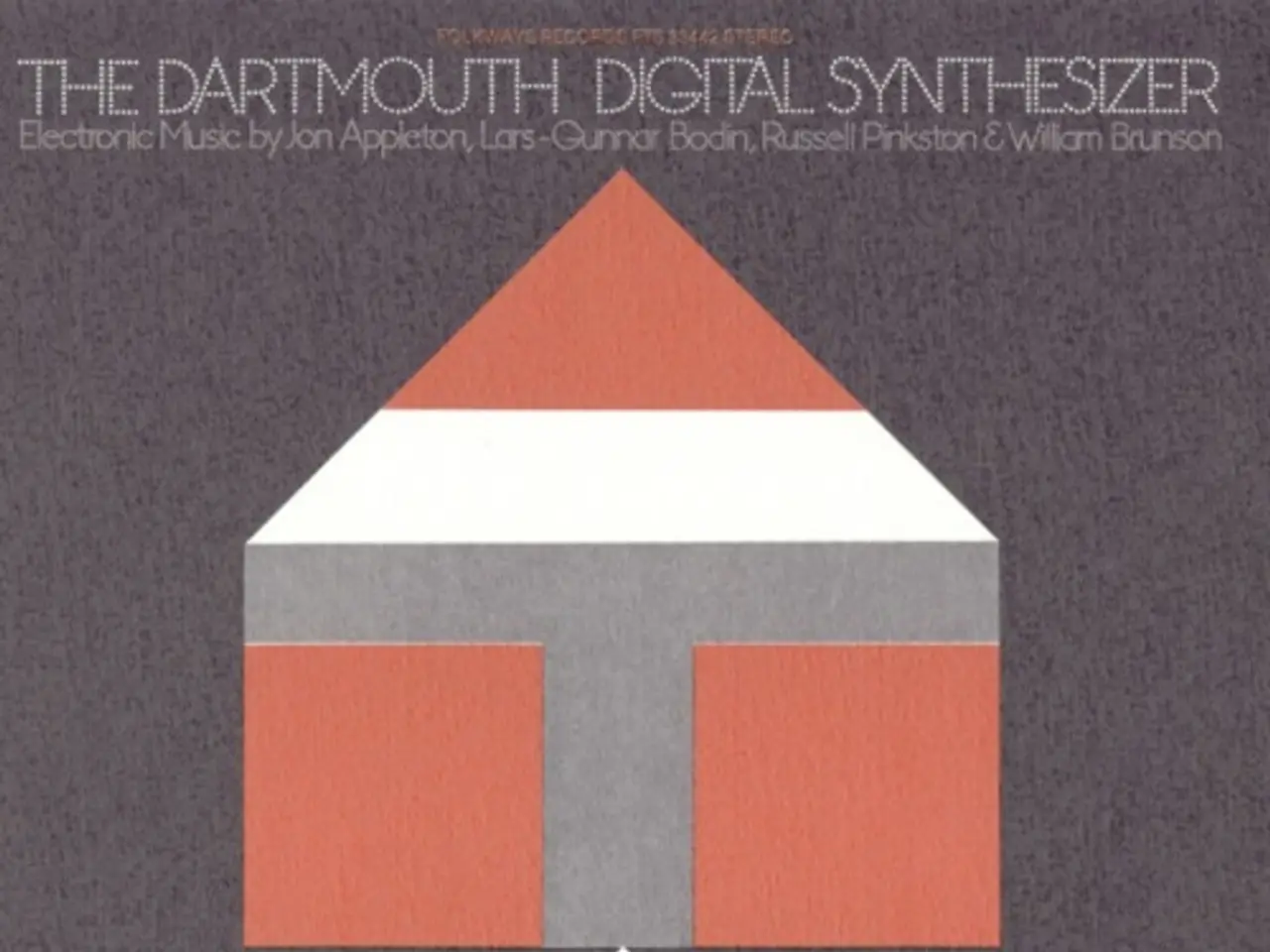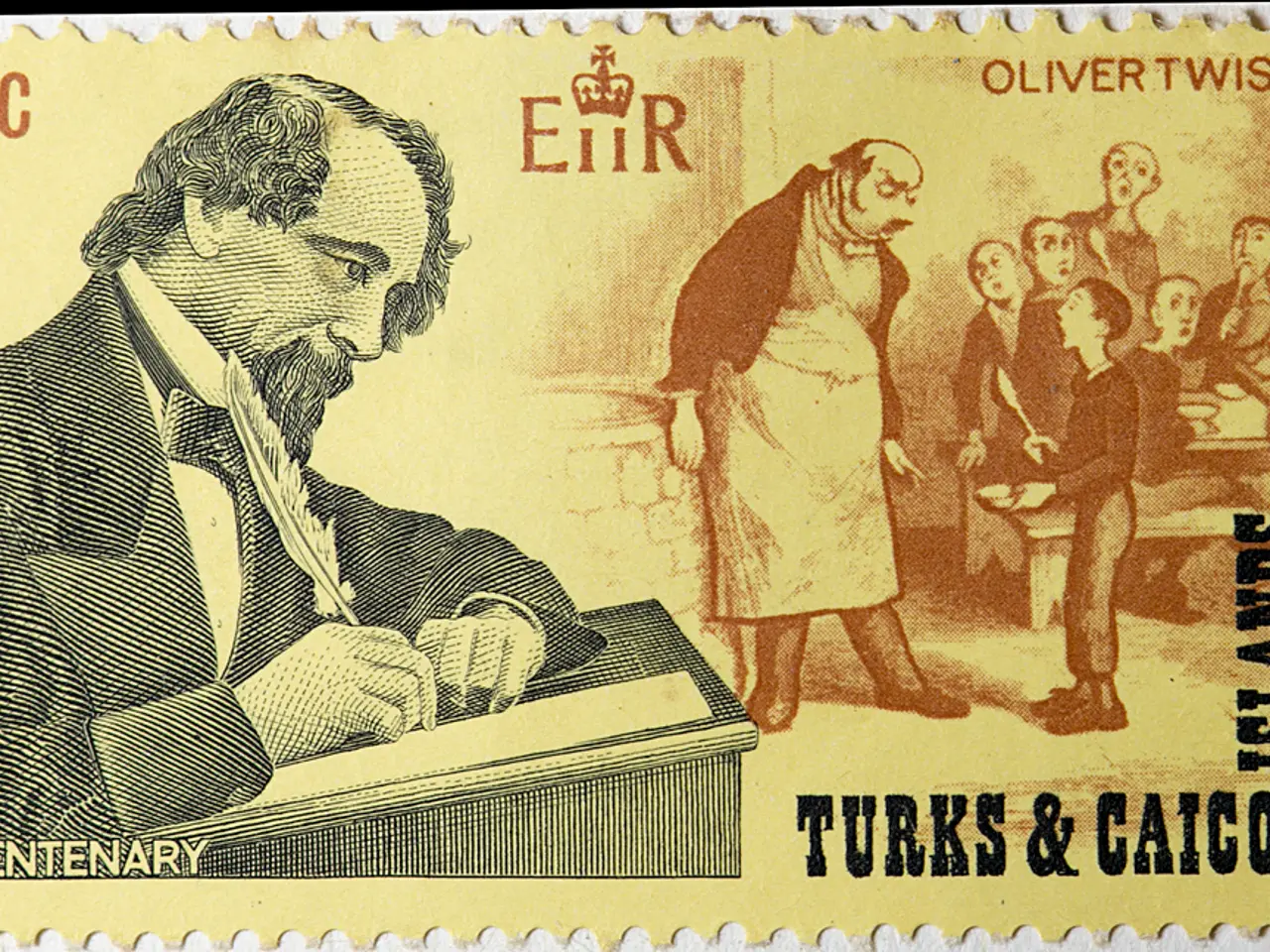Mastering Critiques as a Designer: A Comprehensive Guide
In the dynamic world of design, constructive criticism plays a pivotal role in personal and professional growth. By adopting a proactive approach to feedback, designers can foster a culture of continuous improvement and collaboration, leading to better outcomes and a more collaborative team environment.
## Giving Constructive Criticism
Offering constructive feedback requires specificity and objectivity. Focus on the design rather than the designer, using specific examples and objective criteria to evaluate the work. Provide actionable suggestions for improvement, ensuring that feedback is practical and useful. Balance criticism with positive reinforcement, acknowledging the good aspects of the design to reinforce what works well.
## Receiving Constructive Criticism
Stay open-minded and calm when facing feedback. Approach it with an open mind, avoiding defensiveness. Ask clarifying questions to ensure understanding, and view criticism as a chance to grow and improve. Embracing a growth mindset is crucial for any designer receiving constructive criticism.
## Creating a Culture of Constructive Criticism in Teams
Establish clear goals and expectations for your team, ensuring all members understand the importance of iterative criticism. Create a safe and supportive environment that encourages honest feedback. Foster a growth mindset by emphasizing the value of learning and growth through feedback.
## Tools and Techniques
Utilize design critique software like Figma, Sketch, and Adobe XD for real-time feedback and collaboration. Schedule regular feedback sessions to ensure continuous improvement. Provide options for anonymous feedback to encourage honest input.
By implementing these strategies, you can effectively embrace and utilize constructive criticism in design projects. Constructive criticism offers different perspectives that can enhance the functionality, aesthetics, and user experience of designs. Identifying key areas of improvement highlighted during feedback sessions can help designers set goals that directly address their weaknesses. Utilizing feedback to set specific, measurable, achievable, relevant, and time-bound (SMART) goals is a transformative practice for designers.
Embracing a receptive attitude allows designers to absorb and consider feedback genuinely. Understanding that feedback is not a personal attack but a fundamental part of the creative process is crucial. Taking a step back and allowing time to process feedback objectively can help designers approach criticism more objectively. Listening before responding is a vital skill for designers dealing with constructive criticism. Focusing on the objective rather than the emotion is crucial when receiving constructive criticism as a designer. Analyzing and reflecting on feedback is essential for designers committed to growth and excellence. Discussing feedback with peers can help designers explore various interpretations and understandings of the critique. Asking for specific feedback is essential for designers seeking to gain the most from constructive criticism. Implementing changes gradually allows designers to manage revisions without becoming overwhelmed and ensures that each alteration is thoughtfully considered and effectively executed. Discussing feedback with mentors or peers can provide different perspectives and additional understanding that may soften initial reactions and clarify the critique's purpose. Prioritizing feedback based on its impact and feasibility helps designers address high-impact feedback first and plan for more complex feedback over time.
In conclusion, embracing constructive criticism is essential for any designer committed to career advancement and skill refinement. By adopting a proactive approach to feedback, designers can foster a culture of continuous improvement and collaboration, leading to better outcomes and a more collaborative team environment.
In the realm of education-and-self-development for designers, constructive feedback fosters personal growth and learning through identifying key areas of improvement. By implementing a receptive attitude and adopting strategies like the SMART goal-setting, designers can use feedback to elevate the functionality, aesthetics, and user experience in their designs, ultimately promoting personal growth and greater collaboration within teams.




